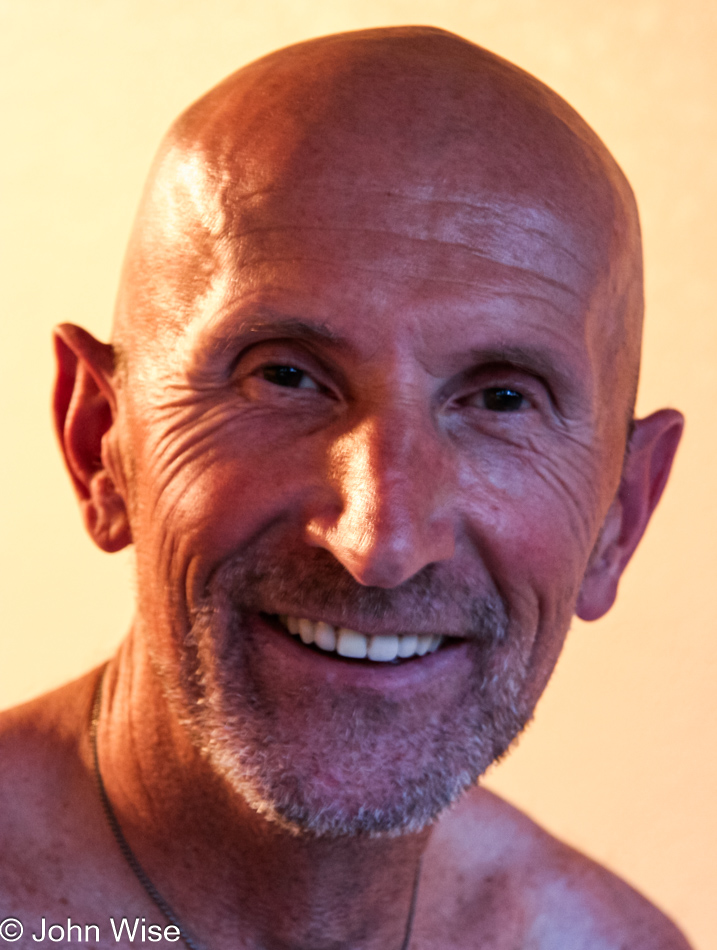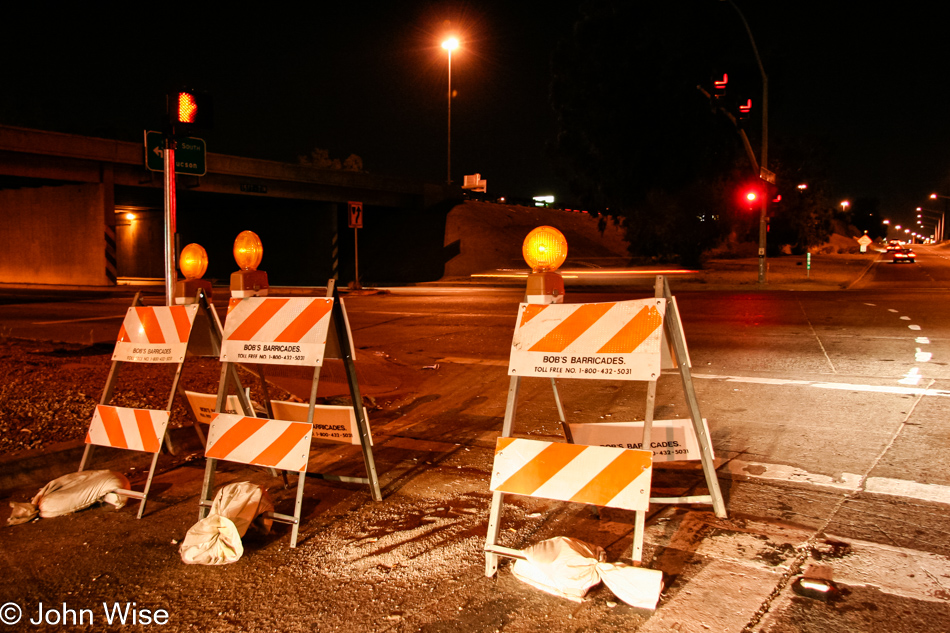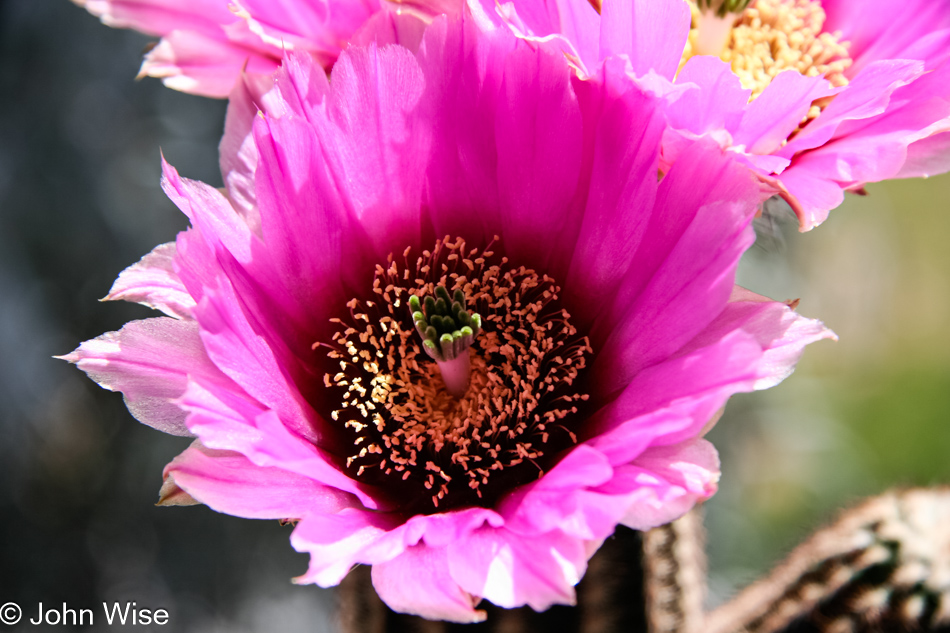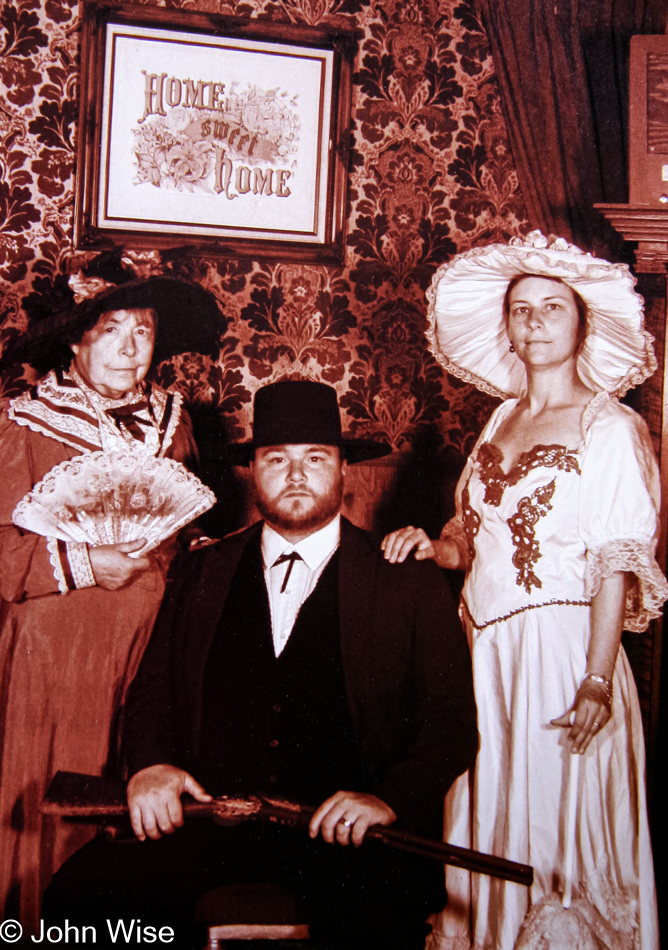The dream begins with two characters I imagine as being bad guys who recruited me to help make a “core sample” from a super-capacity fiber trunk. A core sample lifts a traveling stream of information that can be analyzed or hacked and has serious security-violating issues. Not only that, but the data must be lifted in such a way that all receivers downstream do not see anomalies in timestamps or travel time, which will trigger alarms suggesting a drain or hack of the fiber stream. This future moment in which this occurs is when light is being used predominately for both computing and data distribution. We have learned to shift, hold still, and otherwise move photons with absolute precision. Due to this, governments have made quantum teleportation outside of government and U.N.-approved scientific applications illegal. The reason is that with optical computing and optical quantum teleportation, criminals, terrorists, and hackers would be able to project imagery into locations that would lend confusion and terror or be used in acts such as making a victim believe the door to their home had just been kicked in and then the person is forced to sign over financial information to someone they believe is there to harm them when in reality it is nothing more than a hologram being quantum teleported using the photons available during daylight as the distribution system for reorganizing images at another location. So, the guys who have me, I feel threatened by their demand to have me help lift this core sample; I don’t know if I can trust them. This is a crime of high proportion, but I have the skills to properly lift the stream undetected, and somehow, they also know this. These contractors leave me to do my work as they set up in a van with part of the equipment that will carry the data chunk, but before I can get to work, Howard Dean shows up. Turns out that Howard Dean is the nefarious character here. The two guys who contracted me wanted to expose Howard, but Howard needs this network to remain untouched as he has found a way to hide his QT packets (Quantum Teleportation) and is using an old peer-to-peer network to camouflage his steps and place of origin. Howard signals two celebrities to join him by placing his hand and voice into their reality and signaling them to follow the hand. What happens in how they get to our location is unseen by me in the dream. Maybe they are not really here, maybe Howard isn’t here either, or maybe the entire thing is a hologram; without moving too close and becoming overly familiar by trying to come in contact, I cannot distinguish who is actually here and who is not. I suppose I cannot know for certain if I am where I think I am. Now, I am left with the dilemma of how to stop Howard from his hijacking of reality for his political and financial benefit and expose that our government is committing information warfare against its own people.




